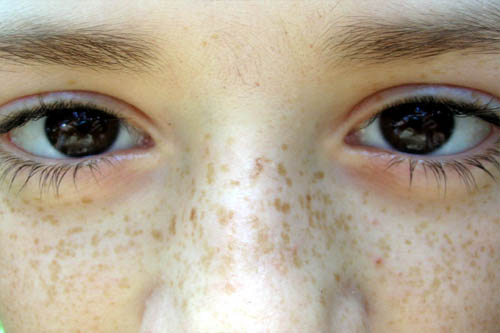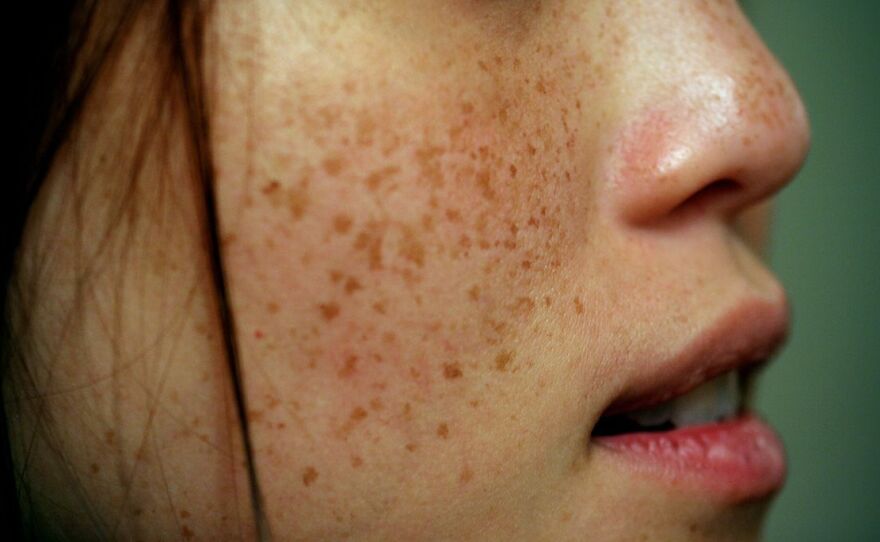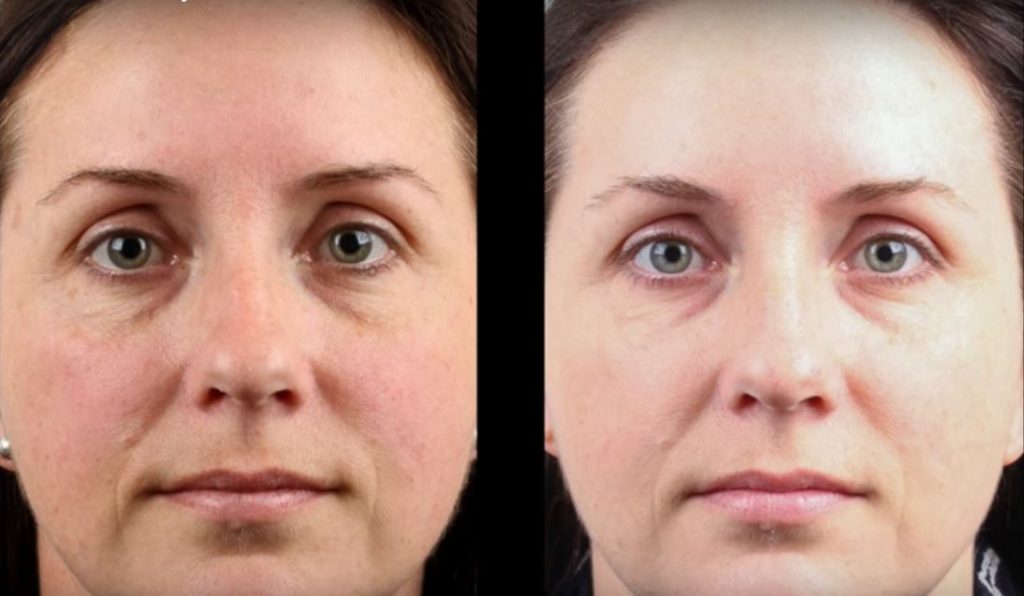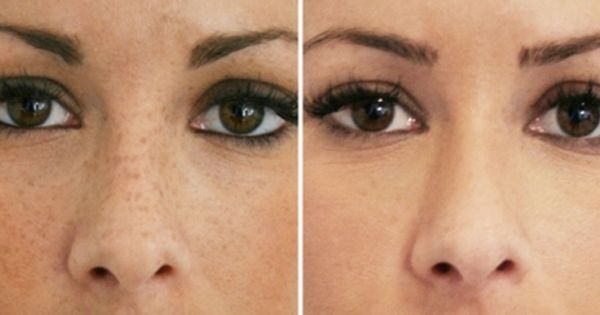

What is PIH?
Post-inflammatory hyperpigmentation (PIH) occurs after there is damage or irritation to the skin. The skin involved turns tan, brown, or purple, which brings about the term hyperpigmentation (more color). It is very common in skin of color with over 65% of African Americans experiencing symptoms.1
What causes PIH?
Irritation or damage to the skin, can lead to post-inflammatory hyperpigmentation. Skin of color has more pigment (melanin) so there is more of a chance of PIH with certain skin problems. Skin problems that often result in PIH include acne, burns, eczema (atopic dermatitis), allergic reactions, infection, insect bites, lichen planus, pseudofolliculitis barbae, and psoriasis.
PIH can be epidermal (top layer of skin), dermal (deeper layer of skin) or mixed. This classification is based on the depth of hyperpigmentation in the skin visualized on clinical exam or with the use of Wood’s lamp examination or biopsy (removal of skin tissue for examination). Epidermal PIH is the most amenable to treatment with topical regimens. Mixed and dermal melasma are very di!cult to treat due to the presence of deeper pigment.
How can PIH be treated?
Post inflammatory hyperpigmentation can take months to years to fully clear. For e”ective long-term treatment of PIH, it is essential to treat the underlying skin problem that is leading to the discoloration. In addition, certain treatments can speed up the process, such as topical hydroquinone, retinoid, corticosteroid, azelaic acid, glycolic acid, kojic acid, along with procedures such as microdermabrasion and light chemical peels.
Dermal PIH is more di!cult to treat and may require more aggressive therapy such as chemical peels and/or laser surgery, which include a risk of worsening the pigmentation.
Sunlight can cause PIH to darken, so it is important to utilize protection from the sun (sunscreen, sun-protective clothing) on the areas involved.
Postinflammatory hyperpigmentation is a common sequelae of inflammatory dermatoses that tends to affect darker skinned patients with greater frequency and severity.
Clinical Manifestations
PIH typically manifests as macules or patches in the same distribution as the initial inflammatory process. The location of the excess pigment within the layers of the skin will determine its coloration. Epidermal hypermelanosis will appear tan, brown, or dark brown and may take months to years to resolve without treatment.
Topical depigmenting agents, such as hydroquinone, azelaic acid, kojic acid, licorice extract, and retinoids, can be effective alone or in combination with other agents, and procedures such as chemexfoliation and laser therapy can also be incorporated into the management strategy if needed.


Results:



Equipment

